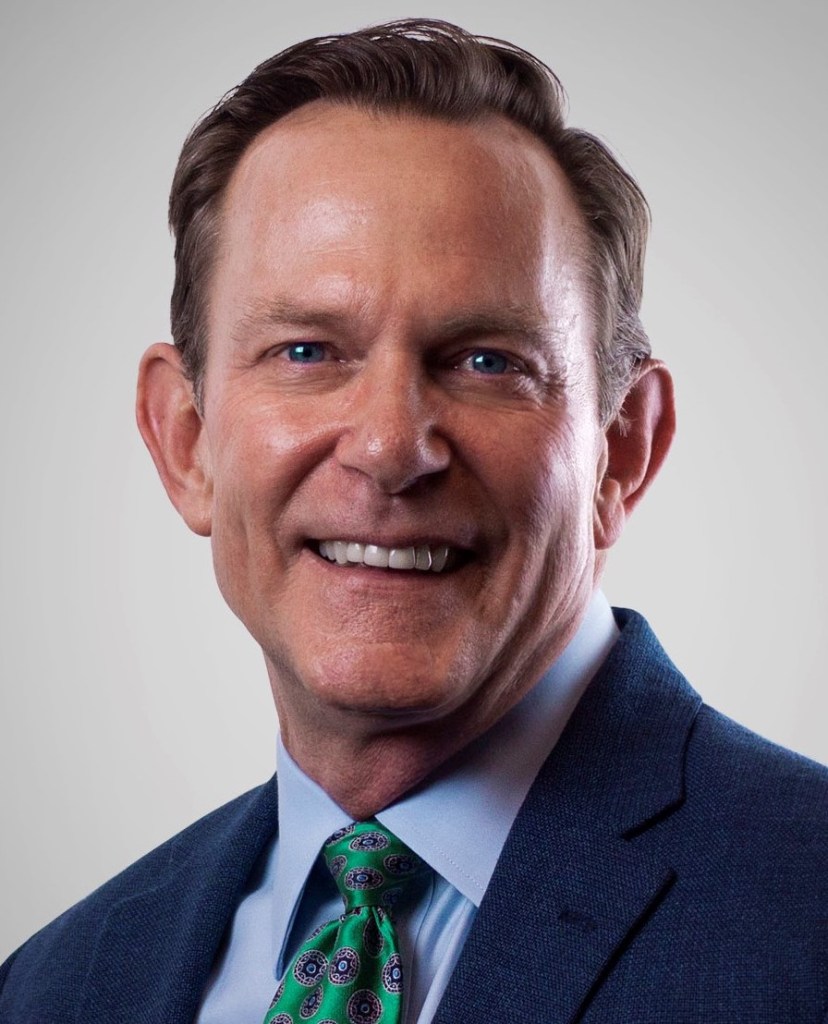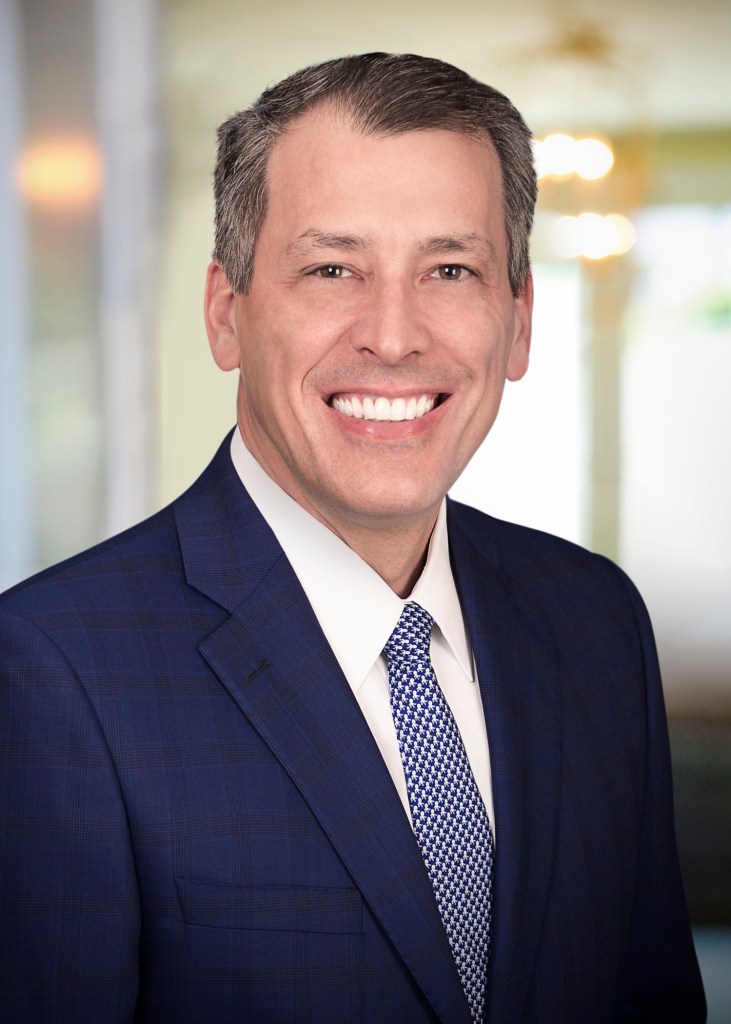Reverse mortgage professionals from different companies and disciplines have reported that private-label, proprietary reverse mortgage products — which do not have the backing of the Federal Housing Administration (FHA) — have seen an uptick in interest among consumers over the course of 2022. This is according to interviews conducted by RMD and perspectives shared by industry leaders at the National Reverse Mortgage Lenders Association (NRMLA) Western Regional Meeting in Irvine, Calif.
As new economic realities begin to take hold in light of rising levels of inflation and a difficult market for the traditional mortgage market, leaders at several major lenders have recently reported an increase in levels of proprietary reverse mortgage business in comparison to Home Equity Conversion Mortgage (HECM) business.
While this information is largely anecdotal since none of the proprietary product providers release any data related to the origination or endorsement of such products, the perspectives shared by the companies themselves often prove to be an insightful look at the focuses of the companies.
Major lenders seeing rising proprietary interest
At a gathering of members of the NRMLA executive committee at the event in Irvine, members of the executive committee — including Liberty Reverse Mortgage President Mike Kent, Finance of America Reverse (FAR) VP of Field Retail and Director of Government Relations Scott Norman and Reverse Mortgage Funding (RMF) Strategic Business Development Leader Joe DeMarkey — all reported that interest in each of their proprietary products has increased.

“We’ve certainly seen a pickup in the interest in private label,” said Kent during the panel. “And we’ve seen a pickup in the amount of private label product that we fund. It’s still a small percentage of our overall volume, but it’s certainly larger today than it has been historically. I think with rising interest rates, believe it or not — even though interest rates on the private product go up, too — they have less of an adverse effect on proceeds than they do in the HECM space.”
Kent thinks there’s a chance that trend could accelerate further in the current economic environment, he said, and that the nature of the private-label market allows for greater levels of innovation in the space.
For FAR — which offers a very comprehensive private product suite up to and including a hybrid forward/reverse mortgage — the interest has also increased from borrowers, said Norman.
“Our HomeSafe products represent a pretty significant amount of our overall volume,” Norman explained. “I think that will continue to rise, and that as the products continue to evolve and develop, you kind of get in your laboratory and find different ways to make it work. That’s probably a road that we’ll continue to go down. Certainly, with the rising rates, you’ve kind of gotten into some short-to-close scenarios that a lot of people may not have seen in many years on the HECM side. And so, I think some of the proprietary products can maybe fill that gap a little bit in some capacity.”
Proprietary products as a path to industry evolution
Norman also spoke to the motivation that many industry leaders have to further develop and refine proprietary products which are not as closely tied to the destiny of the HECM program or of the Federal Housing Administration (FHA), offering a perspective that proprietary will become an increasingly important path for reverse mortgage lenders to take over time.

For RMF, interest in the proprietary offerings among borrowers has become elevated, but that it’s important to keep in mind the place that such products have alongside more traditional HECM loans, DeMarkey said.
“Prop product is booming for us right now,” DeMarkey said. “I don’t know how else to say that volumes are just increasing dramatically. We never designed prop to replace HECM; we designed it to supplement HECM and the niches of the market that maybe HECM doesn’t serve very well. And to the credit of the folks at FHA, when we did our initial product design, we took the HECM chassis and just tweaked it where we thought it could or should be tweaked.”
DeMarkey explained that RMF’s “Equity Elite” product is currently in 29 states with the line of credit variation slated to hit its 28th state of availability by the end of July or mid-August.
“As we roll out more states with more pay plans, we expect it to be an even bigger part of our business and grow the overall market,” he said. “It’s near and dear to our hearts. We don’t want to roll out proprietary products or product features unless it checks off the ‘grow the overall market’ checkbox. That’s what we’re focused on, and it’s working really well right now.”
Other stakeholders in the market
Industry-leading reverse mortgage lender American Advisors Group (AAG) does not have a proprietary product of its own, but it does offer FAR’s HomeSafe products through a correspondent partnership that was established in 2018. The partnership offers HomeSafe under the brand “AAG Advantage” or “AAG HomeSafe,” and company president Ed Robinson previously described for RMD that the partnership remained strong.

When asked about it on-site at the NRMLA event, he reiterated the commitment AAG has to that partnership but said a bit more about current market dynamics.
“We are taking a thought leadership position in this part of the market,” Robinson told RMD. “We still have our partnership with FAR. However, it would be prudent of us to look at how we could actually expand our capabilities more broadly. To find ways we can make sure that we do not do anything to interrupt that partnership, but that would help us, FAR and others to be able to expand that capability. So, we’ve been doing a lot of work in the background to determine what things we can do insofar as features or lending limits, especially as you see the spreads between proprietary and HECM start to narrow.”
Borrowers may find proprietary products more advantageous in the current environment if it allows them to avoid a mortgage insurance premium or other fees, Robinson said.
“It doesn’t always mean that HECM is the first or last option, it means it is an option,” Robinson said. “Likewise for proprietary, and I think it’s going to come down to each individual circumstance with these borrowers to [decide to go with] a HECM or a prop. We need to ask what we want to do as far as making sure there’s good thought leadership, good feature rationalization, as well as expanding the product in ways that create more adoption from more investors and for more consumers.”





